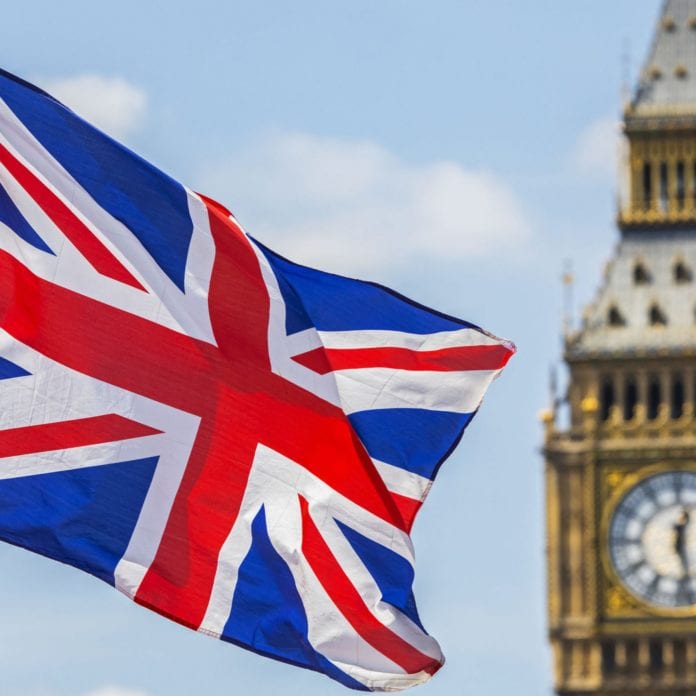U.K. telecommunications operator Vodafone currently offers 5G services in 123 towns and cities across the country.
In mid-June, the carrier had said, its 5G coverage had reached 100 markets in the U.K.; it has expanded that by 23 in the time since.
According to the network’s 5G location list, Vodafone recently launched 5G in parts of Ashtead, Banstead, Biggin Hill, Blackburn, Bonhill, Borehamwood, Dartford, Epping, Epsom, Grays, Leatherhead, London Colney, Molesey, New Addington, Newcastle Under Lyme, Orpington, Oxted, Poole, Shirehampton, Stanwell, Swanley, Swindon, Thames Ditton, Tilbury, Waltham Cross, and Warlingham.
When the carrier first launched next-generation services in July of 2019, it did so in parts of Birmingham, Bristol, Cardiff, Liverpool, London, Manchester and Glasgow.
According to local press reports, rival operator Three is currently offering 5G in over 300 locations across the U.K, followed by O2 with 194 and EE with 161.
In June, Vodafone launched a commercial pilot of 5G Standalone service in London, Manchester and Cardiff.
The commercial pilot will focus on testing new capabilities being introduced as part of 5G Standalone technologies, such as network slicing. It will also enable partners to test new Standalone-enabled devices on a live network. As part of the trial, a dedicated slice has already been configured for Coventry University to provide low-latency services to enable virtual reality distance learning.
Vodafone said that the commercial pilot has been made possible by the deployment of a cloud-native, dual-mode 5G core in partnership with Ericsson. As part of the deal, the Swedish vendor will support Vodafone’s entire cloud-native 5G core Standalone for packet core applications.
With these new deployments, as well as parallel investments in Multi-access Edge Computing (MEC) and the Internet of Things (IoT), Vodafone said it will be able to work with business customers and developers to create new services for new use cases such as smart cities, Industry 4.0, and connected healthcare.
Earlier this year, Vodafone and O2 had announced a deal to trade airwaves to create more efficient blocks of 5G spectrum.
The two operators already share mast infrastructure in parts of the U.K.
The carriers noted that this new deal will enable improved coverage for customers – both indoor and outdoor – across urban, suburban and rural areas. They also highlighted that large contiguous blocks support faster speeds and lower latency.
The move will, subject to approval from local telecommunications services regulator Ofcom, create a contiguous block of 80 megahertz for O2, and ensure good proximity of Vodafone’s blocks totaling 90 megahertz of spectrum.
In the U.K.’s most recent spectrum auction, O2 secured 2×10 megahertz of paired frequency spectrum in the 700 MHz band at a cost of £280 million ($390 million); and 40 megahertz in the 3.6-3.8 GHz band at a cost of £168 million.
Meanwhile, Vodafone committed to pay £176.4 million for 40 megahertz in the 3.6-3.8 GHz band.

